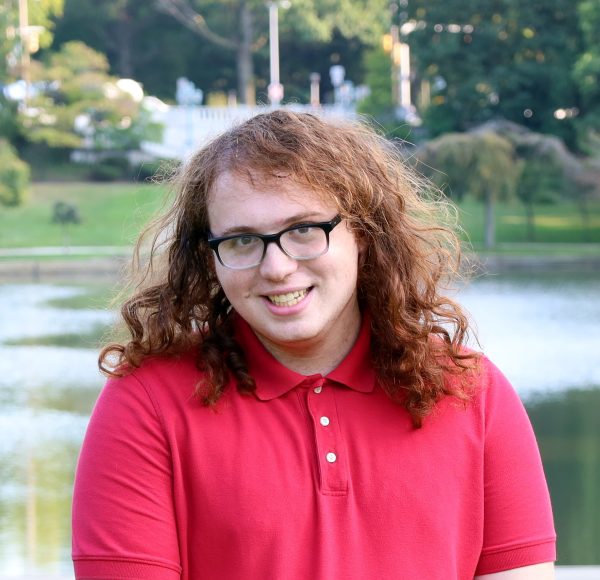Last week, the Mather Dance Collective—abbreviated MaDaCol—held its annual performance show at the Mather Dance center, performing an engaging series of three dance numbers. This completely student-run production highlights the impressive artistic talent here at Case Western Reserve University, where students perform in addition to working towards their other academic pursuits. MaDaCol’s $10 fee was beyond worth it just for the dances themselves, let alone for the opportunity to see many of my friends and classmates performing.
I thought that arriving 15 minutes early would be enough. However, I did not realize how fast these shows sell out: Mather Dance Center is a small performance venue, and I had only three seats left to choose from. Settling in, I skimmed through the full color program to pinpoint which of my friends were in which production.
The lights faded to black as the first performance came onto the stage, titled “Here + Now.” The piece had calming blue lighting and an uplifting piano soundtrack, reminding me of the Piece de Nocturne that I saw at Playhouse Square a few months ago. To reflect the performance’s mood shifts, the tempo of the piano music would change, which gave individual dancers the spotlight and allowed them to show off some truly spectacular moves. One other thing I loved about this piece was how it mixed ballet moves with walking, creating a contrast between the two in order to highlight tone shifts and other emotional changes.
The second piece, “Convergence of Souls,” had a much faster and higher energy musical accompaniment. This quicker beat was accentuated by the use of red lighting on stage. What stood out to me were the partner dances. There was very rarely a time when an individual would be dancing alone; instead, they were always accompanied by another member of the dance troupe performing in sync. I found this effect to be really mesmerizing and quite impressive.
Lastly, there was “Sonder.” If MaDaCol’s first piece was known for a lot of individual movements, and the second piece for its partner dances, “Sonder” was characterized by its large group numbers. Anywhere from three dancers to the entire performance group would perform in sync, almost as if they were in a military parade. What was unique about this showing was how it was made up of two different dances, separated midway through the performance when the lights faded to black. What I loved about this choice was that the two dances were clearly connected—not only did they employ the same dancers and dance style, but also there was a common move which linked everything together.
All in all, seeing a MaDaCol production is a phenomenal way to engage with student arts. It was done in such a professional way that it easily could have been shown in Playhouse Square. It is remarkable to think that these performers can both excel in their artistic endeavors while also succeeding academically in unrelated fields.


